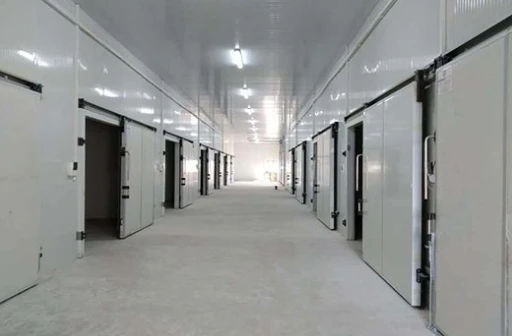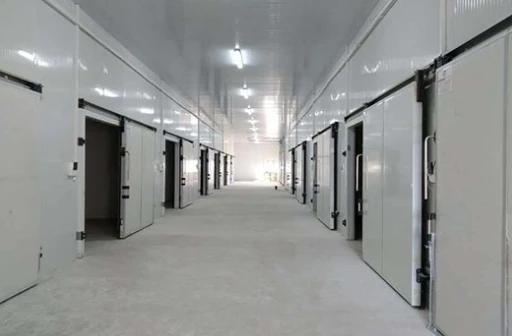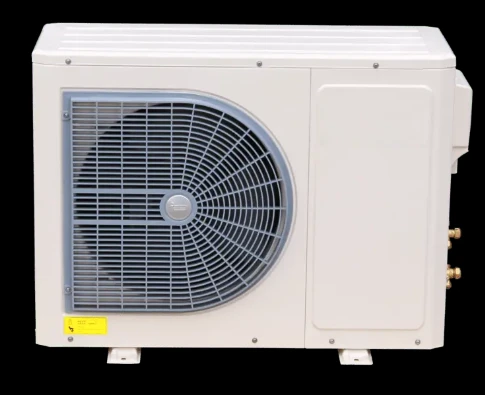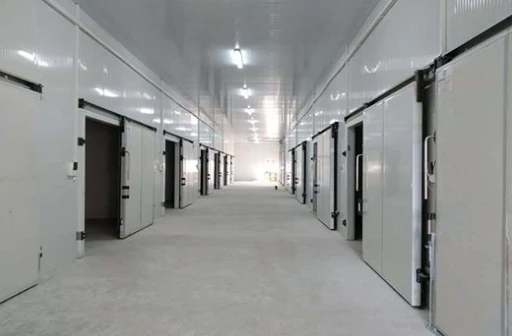Cold Storage for Fruits and Vegetables
In the realm of food preservation, cold storage for fruits and vegetables is a game-changer. Whether you're a farmer, distributor, or simply a food enthusiast, understanding the significance of a cold room for food storage can enhance the quality and lifespan of your produce.
Why Cold Storage Matters
Fruits and vegetables are perishable items that require specific temperature and humidity levels to maintain their freshness. If not stored correctly, they can spoil quickly, leading to wastage and financial losses. A well-designed cold storage system for fruits and vegetables plays a vital role in these scenarios.
By utilizing a specialized fruit and vegetable cold room, you ensure that your produce remains in optimal condition. This not only preserves taste and texture but also retains essential nutrients, enabling consumers to enjoy fresh and healthy options.
Key Features of Cold Storage for Fruits and Vegetables
1. Temperature Control
The primary function of a cold room for food storage is to maintain a stable temperature. Different fruits and vegetables have varying optimal temperatures for storage. For instance, apples thrive at around 32°F (0°C), while bananas prefer temperatures above freezing. Understanding these temperature needs is crucial for maximizing shelf life.
2. Humidity Regulation
In addition to temperature, humidity plays a critical role in fruit and vegetable preservation. Too much humidity can lead to mold and decay, while too little can cause dehydration and shriveling. A quality cold storage system for fruits and vegetables will have mechanisms to monitor and control humidity levels, creating a balanced environment.
3. Airflow Management
Good ventilation in a fruit and vegetable cold room is essential for ensuring even temperature distribution and preventing hotspots. Fans and airflow systems can aid in maintaining a consistent atmosphere, ensuring all produce benefits from the controlled conditions.
4. Accessibility and Organization
Proper organization within your cold storage for fruits and vegetables can reduce handling time and minimize damage to the produce. Utilizing racks, bins, and labeling systems helps to efficiently manage stock and maintain the order of perishables.
Benefits of Using a Cold Storage System for Your Produce
1. Extended Shelf Life: A dedicated cold room significantly extends the shelf life of fruits and vegetables, reducing waste and loss for retailers and consumers alike.
2. Improved Quality: Properly stored produce retains its color, taste, and nutritional value, leading to higher customer satisfaction.
3. Cost-Efficiency: By minimizing spoilage and waste, businesses can boost profitability. Investing in a cold storage system for fruits and vegetables ultimately pays for itself over time.
4. Sustainability: With proper cold storage, you can reduce food waste and promote environmentally friendly practices in the supply chain.
Investing in cold storage for fruits and vegetables is essential for anyone involved in the handling and distribution of fresh produce. A well-designed cold room for food storage provides the optimal environment for maintaining freshness, flavor, and nutritional value.
By selecting an appropriate cold storage system for fruits and vegetables, you can enhance your operations and contribute to a sustainable future. Whether you’re a small farmer looking to extend the life of your crops or a large distributor managing vast quantities of fresh produce, a fruit and vegetable cold room is your best ally for success.
Embrace the cold and make the most out of your produce!
















































































































